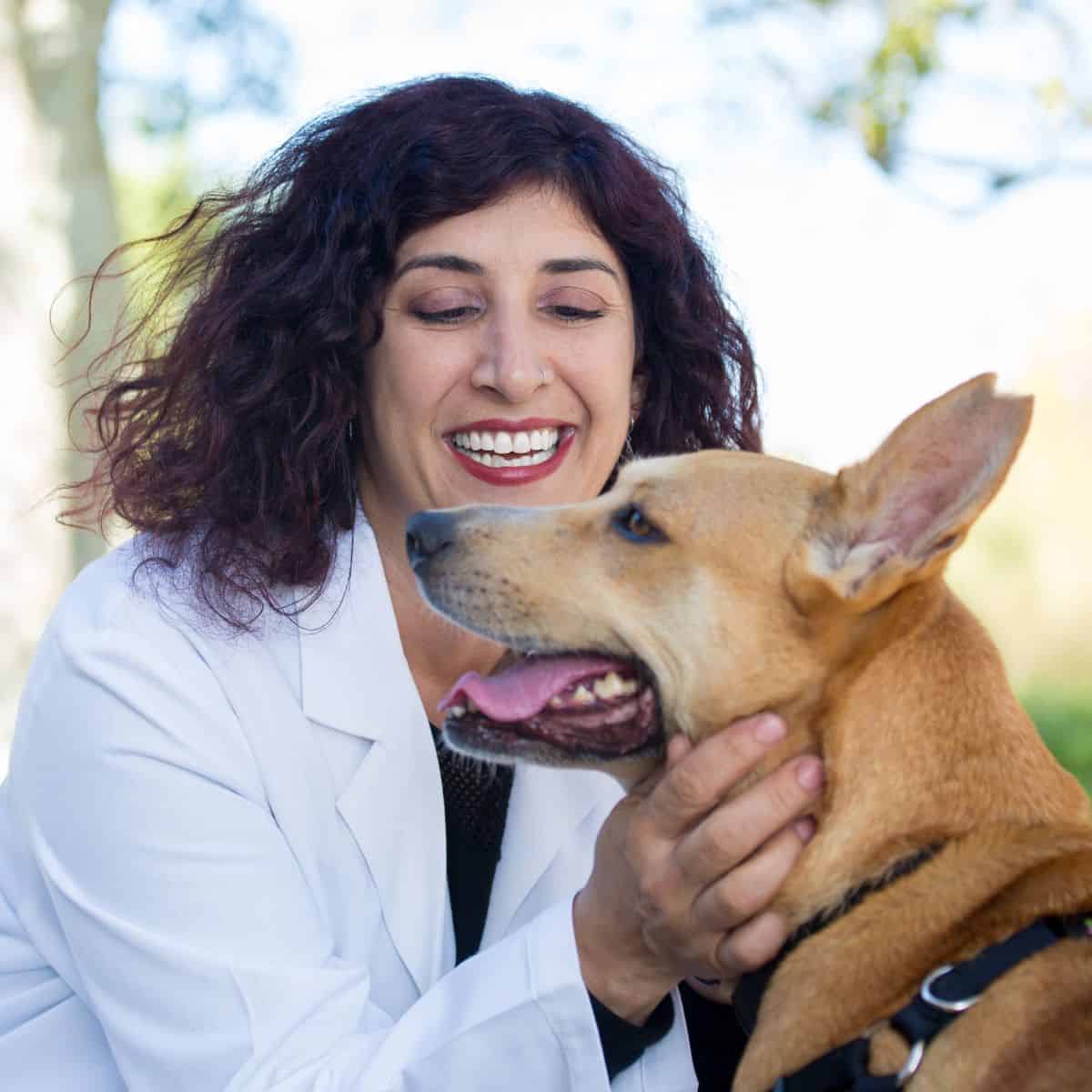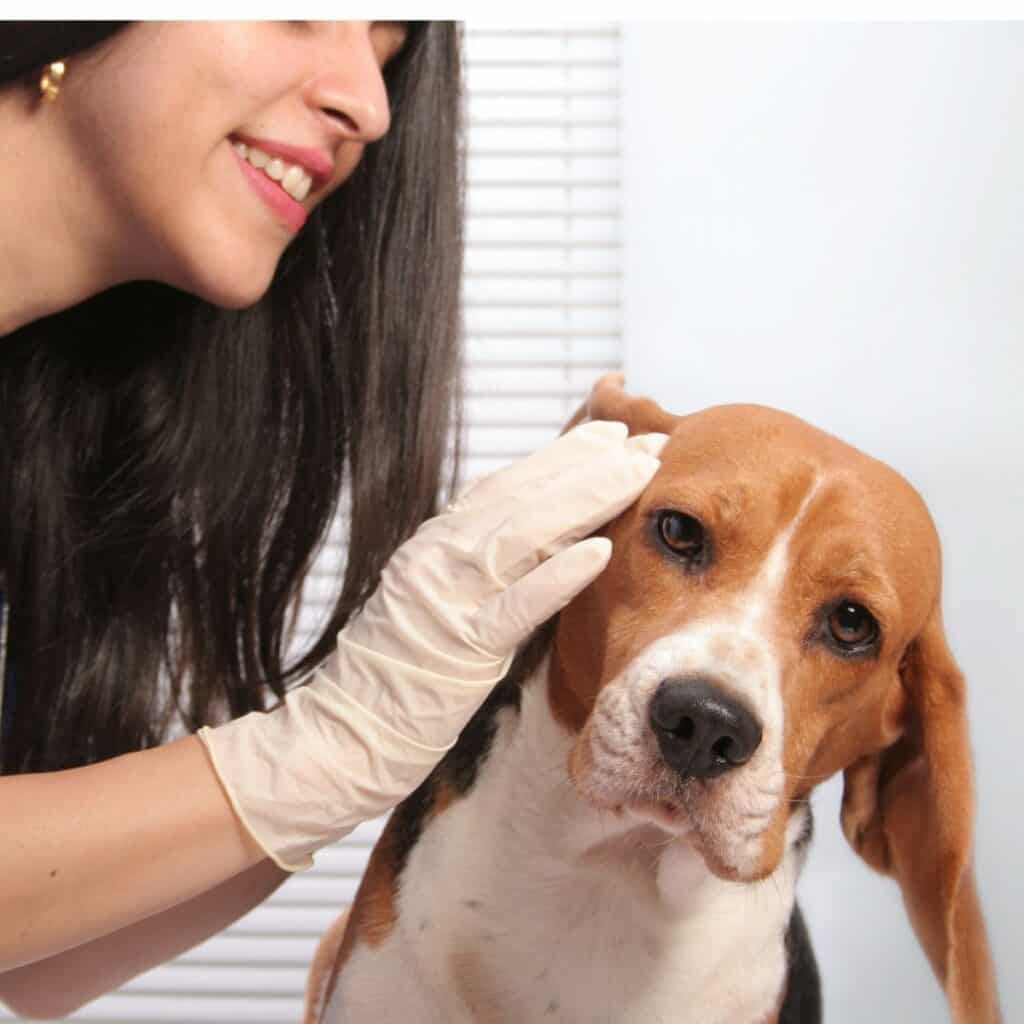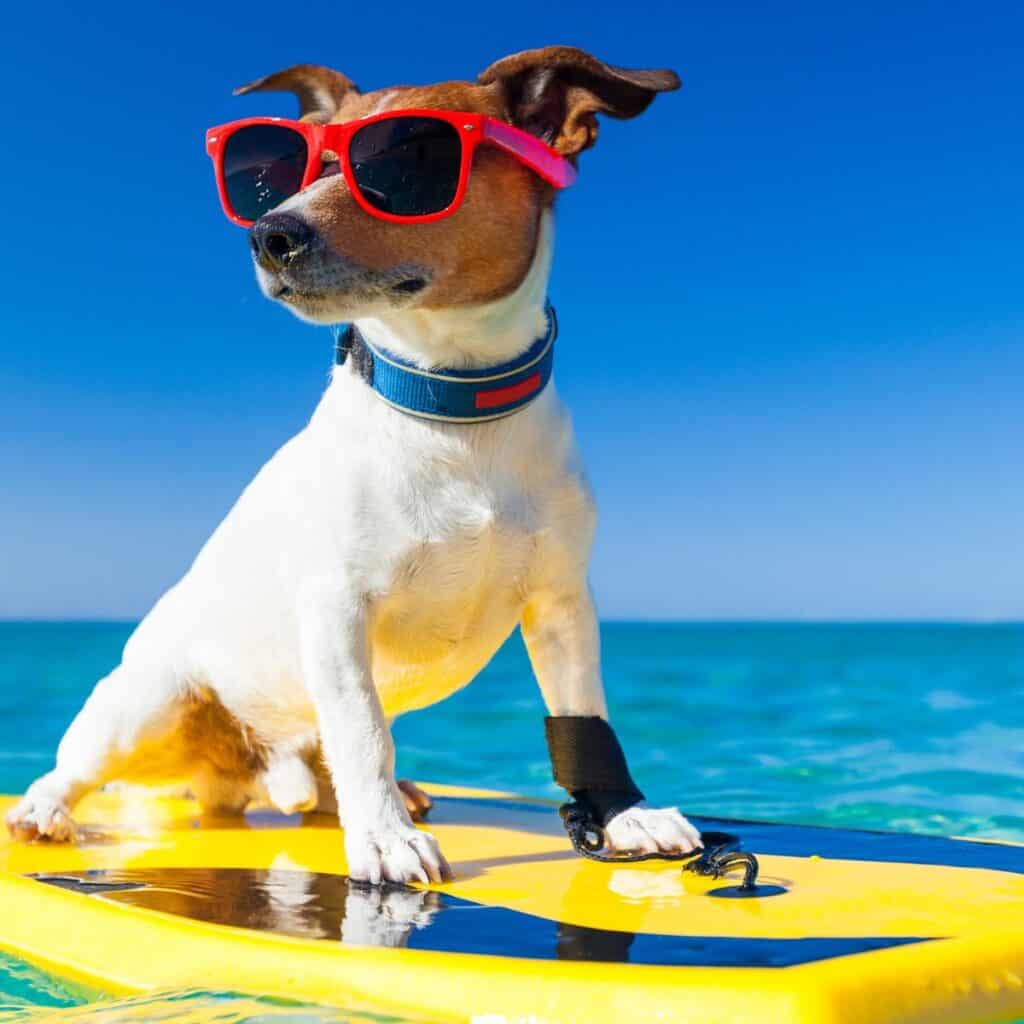You are excited you just got a dog or you are a current dog lover looking to up your dog care game, either way with these dog care tips you will become a pro in no time. We have separated these dog tips to ensure that you can hone in on the most important dog care areas that you need or want to upgrade.

Dog Nutrition Tips
- Provide proper nutrition. Proper dog nutrition can vary depending on the age, size and activity level of your dog. However, much like people, a clean well balanced diet free of preservatives.
- Give your dog plenty of water. Water is the source of life for all living things, a dog can survive without water for certain periods but it is not optimum to deny your dog a source of clean and fresh water and your dog can become dehydrated.
- Keep your dog on a regular feeding schedule. It may seem curious that a dog, a being of the wild, that only ate when hunted and killed, now thrives with a schedule but at this point we have domesticated our friends enough that they expect food at certain times and need it at certain times. This is especially true for senior dogs that may have a bit of dementia.
- Protect your dog from harmful plants and foods. There are certain plants and foods you need to watch put for consider spicy dog food, macadamia nuts (and other ice cream ingredients), certain peanut butter ingredients, and chocolate to all be toxic to dogs and other reports about large amounts of cloves for dogs too.
- Monitor your dog’s weight and adjust food intake as necessary. Obesity or being underweight can advance age quickly in dogs. See our healthy weight chart here.
- Feed high quality food. General nutrition is feeding dogs what they need but many dog foods have ingredients that your dog does not need that can also be inflammatory and unhealthy if you cannot find commercial dog food without bad ingredients consider making your won homemade dog food.

Dog Grooming tips
- Regularly groom your dog. Don’t let hair get matter, tangled and your dog’s skin to excessively dirty as it will be contributor to itching. Need help choosing the right brush learn about different types of brushes for different types of hair to get the right brush for your next dog brushing session. Bonus: less loose hair on your dog less hair to pick up in the house.
- Regularly brush your dog’s teeth or provide bones that help clean teeth regularly. In the past vet’s encouraged dog lovers to always brush their dog’s teeth which may be cumbersome and not always get done. New research updates this advice indicating that certain dog bones can be just as effective at teeth cleaning that brushing.
- Regularly trim your dog’s nails. We know nail trimming is the worst and not one on our favorites list, your groomer can take care of this but if you have an aging dog you may need to trim more. Electric nail trimmers are one of our senior dog essentials for that reason and make this task far easier.
- Keep your dog clean and bathe as needed. Bathing will also help with fleas and ticks. Since dog’s can get worms from fleas this is important! Your pet groomer is an important part of your team or you can learn to groom your dog at home.
- Regularly check your dog’s ears and keep them clean. Depending on the type of ears your dog has from more floppy to standing up they may need more ear cleaning. Ear mites, wax build up and more can affect ears.

Dog Healthcare Tips
- Take your dog for regular vet check-ups. Your annual or semi annual exam will be important especially as your dog ages. Learn about how frequently you should visit your vet based on dog age here.
- Administer preventive medications for fleas, ticks, and heartworm.
- Make sure the dog is properly vaccinated. This applies even if your dog is a senior and importantly when your dog is a puppy. There is a rigorous vaccination schedule the first year of your puppies life and low cost vaccinations are available at Tractor Supply and many other stores.
- Provide proper dental care. Dog dental care is likely more than simply brushing your dog’s teeth. Your dog may need a full dental and teeth extractions. Rotting teeth is one of the most common sources of chronic pain!
- Regularly check the dog’s eyes and keep them clean. As your dog ages dirty eyes will become more of an issue.
- Provide the dog with proper care during and after illness. The first surgery you will encounter is a spay or neuter surgery but your pet may encounter others and post surgery dog care or any post illness care will be important.
- Prevent dog worms and test for dog worms to ensure your dog is not infected. Worms can affect dog health and worms can also transfer to family members and other animals in your home. Regularly treat for worms and test to be sure your dog is not infected with worms.
Dog Behavior & Training tips
- Provide mental stimulation with toys and games. The growth of speaking dogs and buttons and new dog sports speaks to humans recognition that dogs need mental simulation. Lack of stimulation will affect behavior in negative ways and research is showing that mental stimulation also staves off canine cognitive dementia!
- Provide socialization and interaction with humans and other dogs. Take a trip to dog friendly parks, a dog friendly beach, or dog friendly brewery or restaurant for some optimum socialization time.
- Provide a safe and secure living environment for your dog.
- Train your dog with positive reinforcement techniques.
- Reward your dog for good behavior. Learn about low and high value treats to reward dogs.
- Address any dog behavior problems immediately. Issues like dog separation anxiety or dog aggression only get worse if left unmanaged. The faster you address a behavior issue the faster your dog home will be more peaceful.
- Monitor changes in dog behavior and health, and alert the vet if necessary. Sometimes it is hard to recall how things have changed for you and your dog which is why we created the Dementia checklist so you can track changes in older dogs to relay to your vet but you can use something like this to track all changes in your dog that may otherwise go unchecked.
- Provide regular exercise, including playtime and walks. Exercise is critical to promote good behavior!
- Offer plenty of opportunities for your dog to relieve itself. Dogs need to go out at least three times a day and puppies and seniors more. If your dog starts going in the house it may be that they need to go out more.
- Have fun! The Popular Pets desire is to foster enjoyment with your dog. Don’t let all of the dog advice and pressure to have perfectly trained dog to get in the way of your pure enjoyment of sharing your life with a dog!

Dog Comfort and Care Tips
- Provide a comfortable place for the dog to sleep. My son recently got a puppy and was dead set on him sleeping with him. However, puppies (and all dogs) love their own space. As soon as we set up a little bed for him he often preferred that bed.
- Keep your dog’s living area clean and hygienic.
- Give your dog access to clean and fresh air. Smaller dogs and indoor dogs may seem like they can just be inside but they need and thrive on activity and fresh air.
- Provide plenty of love and affection. Dogs make us happy and we make dogs happy period.
- Keep your dog’s living environment free from hazardous materials. Meaning old dog toys that can cause choking hazards and other items that dogs may ingest and will cause them issues.
- Ensure your dog is protected from extreme temperatures. All dog’s need support in extreme temperatures but also senior dogs and flat faced dogs that cannot manage heat as well.
- Provide your dog with warmth during cold weather. There are any number of stylish sweaters and jackets that can help you with this!
- Protect dog paws in heat and cold.
- Offer plenty of attention to your dog every day. Attention is different than exercise. Your dog thrives off if your love and affection.
Dog Safety Tips
- Ensure your dog has proper identification, such as a tag or microchip and update as needed!
- Provide proper leash training. If you, like us, live on a farm or somewhere else where leashes do not really come up take special note that at some point in your dog’s life they do. You will inevitably need a leash for a hike, a vet visit, a trip out so ensure that at an early age you get your dog accustomed to leash training.
- Provide proper training for specific needs, such as service dogs. There are so many fun ways that dogs can help and support us as emotional support dogs, service dogs or performing any other duties as we feature in our amazing dog series. Take note of your dogs natural proclivities and train them for that.
- Provide your dog with plenty of shade and shelter during hot weather. Dog’s can get overheated and suffer from heat stroke fast, shade and shelter are important to prevent heat stroke.
- Protect the dog from other animals that may harm them. Coyotes and other predator animals can be dangerous for your dog protect your dog and keep them safe.
How to Take Care of a Dog FAQs
Just like people, dogs need basic life sustaining food, water, and shelter but dog’s also need love and attention each and every day. Dogs are pack animals and thrive on the company of others. Giving dogs your love, food, shelter and good exercise will keep your dog healthy and happy.
Dogs are okay if left alone all day if they have access to food and water and comfortable shelter if it is hot or cold, provided they are moving into their adult years. Puppies need far more attention and have smaller bladders and may not be able to stay all day alone.
A healthy adult dog may be able to hold its pee for 10-12 hours, younger dogs, dogs with any kidney or bladder issues will need to be let out sooner. Dogs should go out to pee 3-5 times a day, and not have to hold their pee longer than 8 hours.
Find more dog advice and fun stories in our popular book called Motherpuppin’ Adorable: What to do when your dog is better than everyone else’s the perfect companion for navigating the best life with your dog. Learn more about this loved book.

